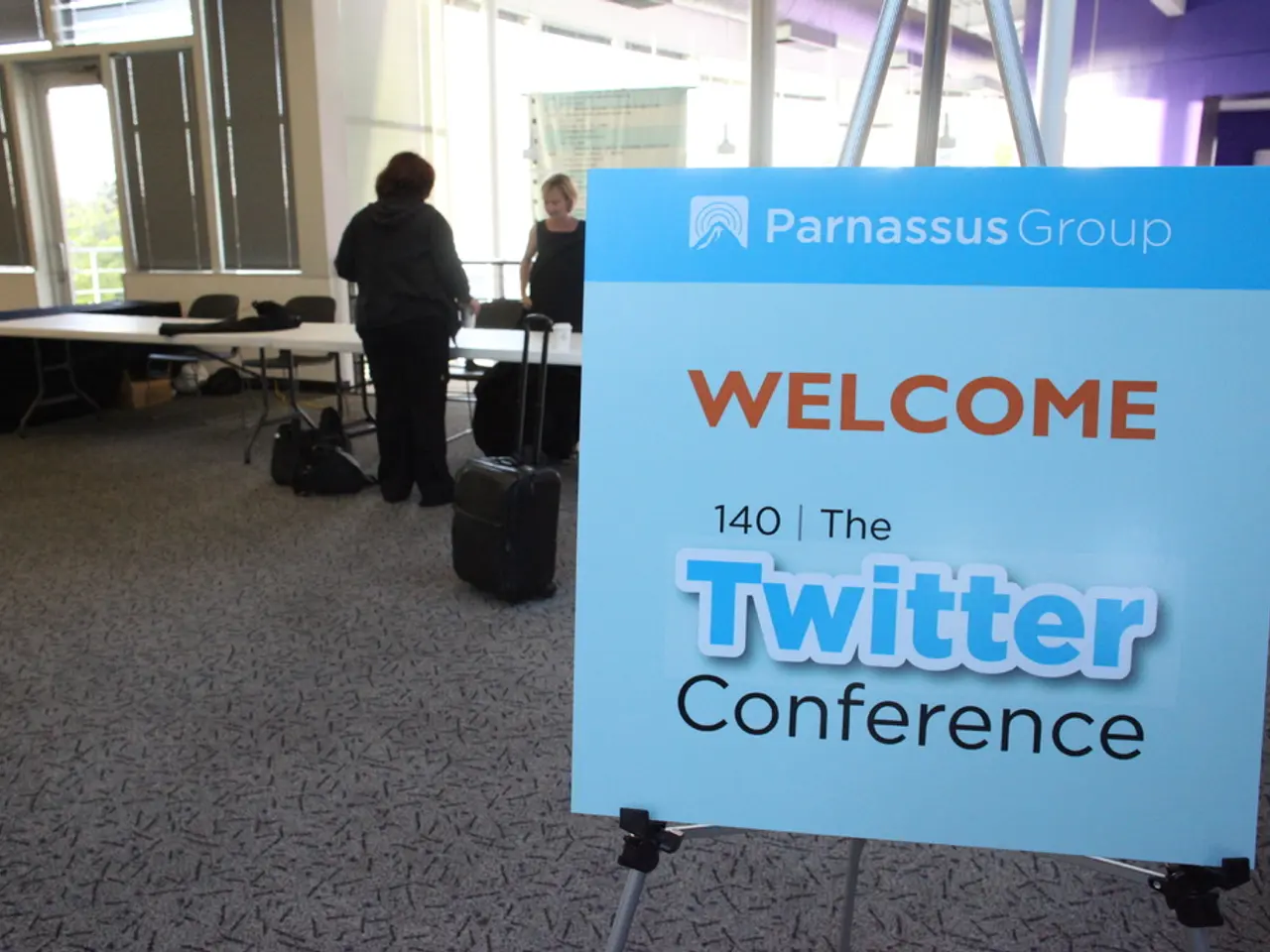Fostering Communities through Strategic Utilization of Digital Interaction Methods
In today's digital age, fostering strong online communities has become essential for organisations seeking to attract, retain, and engage members. By integrating social media, online community platforms, email marketing, content creation, event hosting, and analytics, organisations can create dynamic communities where members feel valued and connected.
**Social Media**
Concentrate on 2-3 social media platforms where your target audience is most active. Use content like speaker spotlights, how-to articles, or behind-the-scenes previews to engage your audience. Partnering with influencers who share your brand values and have an engaged audience can increase reach and authenticity. Responding promptly to comments and questions is key to maintaining high levels of engagement.
**Online Community Platforms**
Develop valuable content such as actionable tips, comprehensive guides, and user-generated success stories to drive engagement. Organize virtual meetups, webinars, fun challenges, and contests to foster a sense of belonging. Tailor content to your audience's interests, needs, and knowledge level.
**Email Marketing**
Use tools like Mailchimp or Brevo to create campaigns that showcase social highlights, promote contests, and drive traffic to live streams. Include social sharing options in emails to boost click-through rates.
**Content Creation**
Deliver consistent value through actionable tips, guides, and industry insights. Incorporate live interactions, polls, and surveys to engage members. Encourage members to share their success stories to motivate others.
**Event Hosting**
Host webinars, Q&A sessions, or workshops to foster direct communication and build connections. Use social media and email marketing to promote events and encourage participation.
**Analytics**
Monitor engagement metrics, such as comment responses and event attendance, to understand community activity. Use analytics to refine content and engagement strategies based on community feedback and interests.
By utilising these strategies, organisations can create vibrant online communities that foster connection, engagement, and loyalty among its members. It's important to remember that building an online community takes effort, strategy, and commitment. Regular reviews of engagement metrics allow for swift adaptations in response to what works or doesn't. As communities evolve, the type of content shared should adapt to meet the changing interests of members.
Virtual meet-ups offer members the opportunity to connect face-to-face, regardless of their geographical location. Webinars, live Q&As, and interactive workshops can enhance community engagement by providing valuable learning experiences. Engaging content encourages interaction through comments, shares, or direct messages.
Organisations should experiment with new strategies to enhance engagement, even if it means taking risks. The ability to pivot and adapt to member feedback demonstrates a commitment to their needs and preferences. Understanding the preferences of the target audience is crucial in creating material that resonates with them. Calls to action can motivate members to participate in discussions or share their thoughts on the content provided.
By incorporating technology tools such as social media platforms, online community platforms, and email marketing services, organizations can create engaging content that caters to their audience's interests in lifestyle, education-and-self-development, and more. Regularly hosting events like webinars and workshops not only promotes knowledge sharing but also fosters a sense of community. Additionally, analytics can help organizations track and adjust their content strategies based on the feedback and interests of their members, ensuring that they remain relevant and engaging over time.




